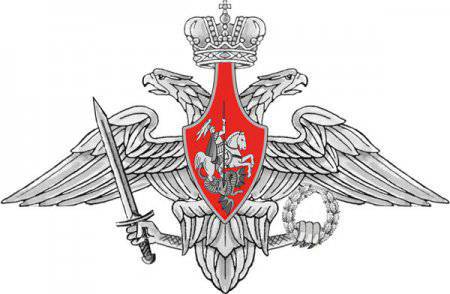Defense Ministry is preparing to fight on all four sides
Today, we recall, in Russia there are 6 military districts - Moscow, Leningrad, North Caucasus, Volga-Urals, Siberia and Far Eastern. And the troops stationed in their territories are invited to hand over the control of four USCs.
OSK "West" is planned to be formed on the basis of the Moscow and Leningrad military districts and the Baltic fleet. Thus, the entire group of troops located in the north-western strategic direction, occupying the territory from the borders with Belarus in the south to the Barents Sea in the north (26 regions), will be completely subordinate to the commander of the USC.
Similarly, the remaining CSCs will be created. The "East" will include the Far Eastern Military District, a number of connections from the neighboring Siberian Military District and the Pacific Fleet. In the USC "North" will include the Siberian Military District (without those parts that are transferred to the USC "Vostok"), the Northern Fleet and part of the Volga-Urals Military District. The North Caucasus Military District, the Black Sea Fleet and the Caspian Flotilla will jointly operate in the southern strategic direction.
The new system (if, of course, it is introduced) will solve the problem of central subordinate units - engineering and sapper brigades, which are subordinate to the head of the engineering troops, and units that are engaged in the protection and maintenance of arsenals under the direct control of the Main Missile and Artillery Directorate.
At the same time, the new initiative somewhat contradicts the idea promoted from 2008 on the transition to the three-tier command system (the district is the operational command — the brigade). After all, in essence, the creation of a “supra-district” operational command is the creation of a fourth link, which means, whatever one may say, the complication of the control system, which in the course of military reform and the creation of a new image of the army was going to be simplified.
It must be assumed that the idea of a unified operational-tactical management of different types of troops became particularly relevant after the Georgian-South Ossetian conflict in August 2008, after the start of which it took time to tune the coordinated actions of military units. But this does not mean that the structure relevant for the Caucasus will be just as appropriate, for example, in the northern strategic direction!
About what will change in the Russian army after the introduction of USC, says the first vice-president of the Academy of Geopolitical Problems Konstantin Sivkov:
- The idea of creating and introducing operational-strategic commands into an army command and control system was developed a long time ago. In essence, this is the revival of the Glavkomatov that existed in Soviet times. The USC is created to control the actions of groups of different types of armed forces during strategic operations. There are no combat operations that would be carried out, for example, only by ground forces (they always need air support), etc. By the way, by this, USC is fundamentally different from the existing military districts today. The district is a territorial association that coordinates the actions of the troops only in its area of responsibility; in the event of a military conflict, the district remains in place, and the front is on the offensive, led by the operational-strategic command. In fact, these are two different branches of administration: the districts are in charge of administration, and the USC co-ordinates the actions of the troops during the war.
The conflict in South Ossetia clearly showed that under the current system, when, if necessary for carrying out a military operation, combat-ready units are assembled from all over Russia, USC are extremely necessary.

Information